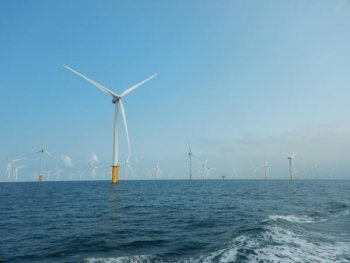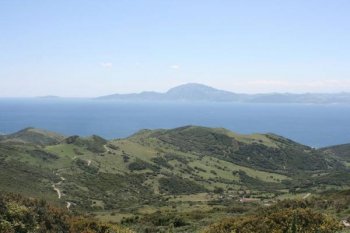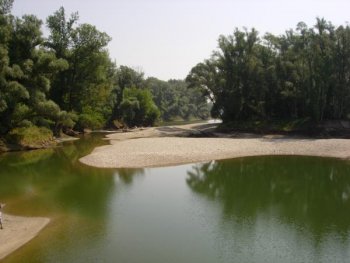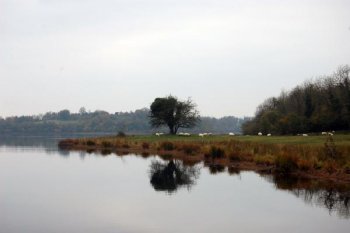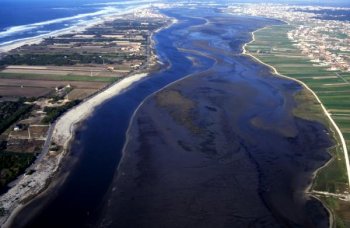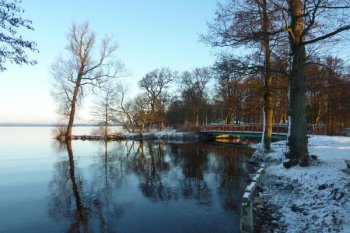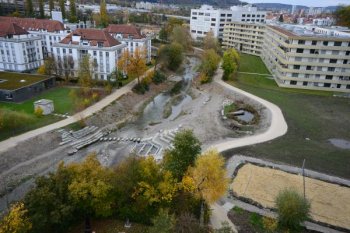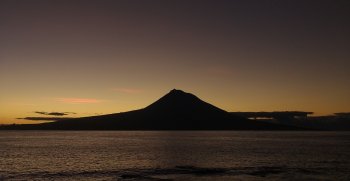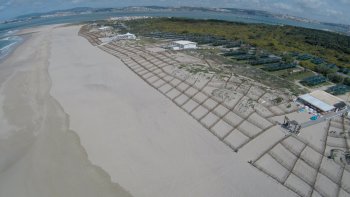H2020 AQUACROSS Case Study 1: Trade-offs in ecosystem-based fisheries management in the North Sea aimed at achieving Biodiversity Strategy targets
The AQUACROSSCase Study aims to improve the knowledge base available to stakeholders to enable a more informed decision-making process toward the achievement of the Biodiversity Strategy targets, including the provisioning of ecosystem services. This includes several existing European marine policy frameworks: Habitats and Birds Directives, MSFD, CFP & IMP.

